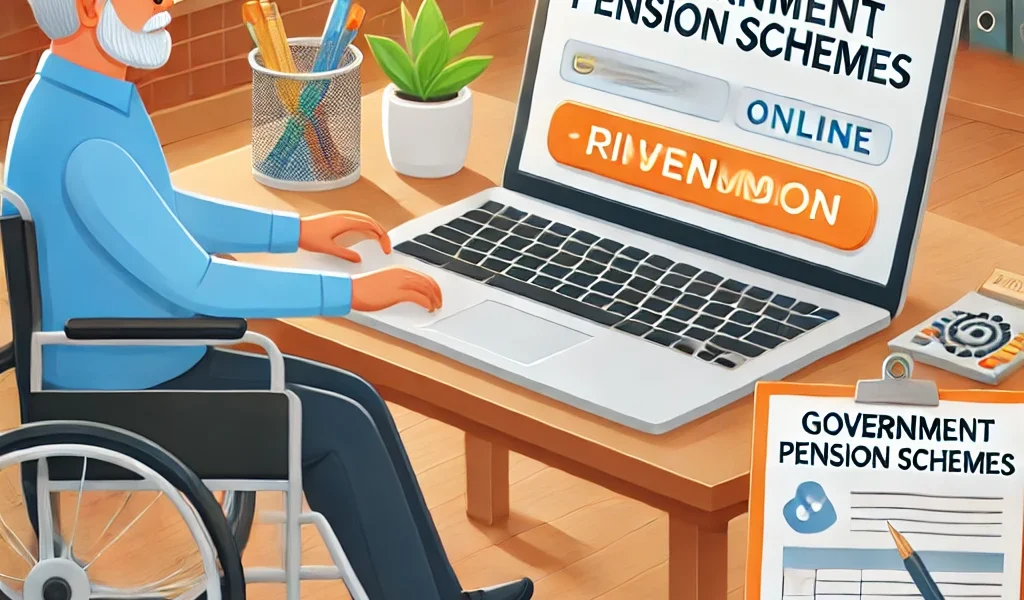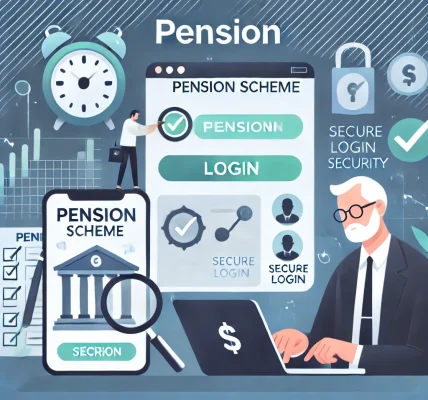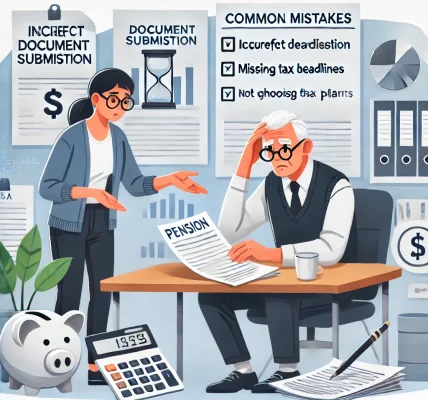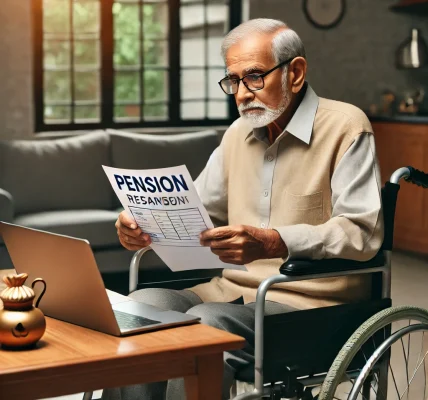Introduction
Financial stability is crucial for individuals with disabilities, as they often face additional challenges in employment and healthcare. To support them, the Government of India provides various pension schemes that offer financial assistance to ensure a dignified and independent life. These schemes aim to provide regular income, medical aid, and social security to eligible individuals.
In this guide, we will explore the key government pension schemes available for disabled individuals in India, their eligibility criteria, benefits, and the application process.
Why Are Pension Schemes Important for Disabled Individuals?
Disabled individuals often require additional financial support due to:
- Limited Employment Opportunities – Many disabled individuals struggle to find stable jobs due to accessibility barriers.
- Higher Medical Expenses – Frequent medical care and assistive devices can be costly.
- Dependency Concerns – A pension provides financial independence and reduces reliance on family members.
- Social Inclusion – These schemes empower disabled individuals to participate actively in society.
Major Government Pension Schemes for Disabled Individuals in India
1. Indira Gandhi National Disability Pension Scheme (IGNDPS)
The Indira Gandhi National Disability Pension Scheme (IGNDPS) is part of the National Social Assistance Programme (NSAP) and provides financial support to individuals with disabilities.
Eligibility Criteria:
- Applicant must be between 18 and 79 years old.
- Must have a disability level of 40% or more (as per the Disability Act 1995).
- Should belong to the Below Poverty Line (BPL) category.
Benefits:
- Monthly pension of ₹300 to ₹500, which varies by state.
- Some states offer additional contributions, increasing the total pension amount.
- No restriction on employment, allowing recipients to work while receiving the pension.
How to Apply:
- Visit the state social welfare department website or local Panchayat/municipal office.
- Fill out the application form and attach required documents (disability certificate, income proof, Aadhaar card, bank details).
- Submit the application and track status online through NSAP portal (https://nsap.nic.in/).
2. National Pension System (NPS) for Disabled Individuals
The National Pension System (NPS) allows disabled individuals to save for their future retirement with tax benefits and government contributions.
Eligibility Criteria:
- Open to all Indian citizens aged 18 to 65, including disabled individuals.
- Must enroll under NPS-Private or NPS-Government schemes.
- Can be opened through banks, post offices, or online portals.
Benefits:
- Flexible contribution options – Choose how much to invest based on financial capability.
- Government co-contribution for low-income individuals.
- Tax benefits under Section 80CCD of the Income Tax Act.
- Lump sum + Monthly Pension – Withdraw a portion at retirement and receive the rest as a pension.
How to Apply:
- Visit the NSDL e-Gov NPS website or a registered bank.
- Fill in the PRAN (Permanent Retirement Account Number) application.
- Submit the disability certificate, identity proof, and address proof.
- Make the first contribution and track account online.
3. State Government Disability Pension Schemes
Many state governments provide additional disability pension schemes beyond the central government schemes.
Eligibility Criteria (Varies by State):
- Must be a resident of the respective state.
- Should have a disability of 40% or more.
- Income should be below a certain threshold (varies by state).
Benefits:
- Monthly pension ranging from ₹500 to ₹1,500 (depending on the state).
- Some states offer free medical treatment and assistive devices.
- Additional allowances for severely disabled individuals requiring constant care.
How to Apply:
- Visit the official website of your state’s Social Welfare Department.
- Submit the application form along with required documents.
- Track the status through the state portal or local government office.
4. Disabled Employee Pension Scheme (EPS under EPFO)
For disabled individuals employed in the organized sector, the Employees’ Pension Scheme (EPS) under EPFO provides pension benefits after retirement.
Eligibility Criteria:
- Must be a member of EPF/EPS and have at least 10 years of service.
- In case of early disability, pension may start before retirement age.
Benefits:
- Monthly pension based on last drawn salary and service period.
- Family pension in case of the pensioner’s death.
- Medical benefits under the Employee State Insurance (ESI) scheme.
How to Apply:
- Apply through the employer or EPFO portal (https://www.epfindia.gov.in/).
- Submit a medical disability certificate and EPF details.
- Pension is transferred directly to the bank account.
Documents Required for Pension Scheme Applications
While applying for any disability pension scheme, keep the following documents ready:
- Disability Certificate issued by a government medical board.
- Aadhaar Card for identity verification.
- Income Certificate (if required by the scheme).
- Bank Account Details for pension deposit.
- Proof of Residence (ration card, voter ID, etc.).
- Employment Proof (for EPS or NPS applicants).
How to Track Pension Status Online?
Most government pension schemes allow online tracking. Here’s how:
- Visit the respective pension scheme website (EPFO, NSAP, NPS, etc.).
- Login with credentials (Aadhaar, PRAN, or pension account number).
- Check status updates, payments, and pending applications.
- Download pension statements for records.
Common Issues and How to Resolve Them
1. Pension Delays: Check with the local social welfare office or bank for updates. 2. Incorrect Pension Amount: Contact the pension authority and provide proof of entitlement. 3. Technical Issues in Online Tracking: Use official helplines or visit the nearest office for assistance.
Conclusion
Government pension schemes for disabled individuals provide crucial financial support, helping them lead an independent life. With various schemes like IGNDPS, NPS, EPS, and state-level pensions, eligible individuals can secure their future through timely enrollment and contribution.
By staying informed and taking proactive steps, disabled individuals can maximize the benefits of these pension schemes. If you or a loved one qualifies for these schemes, apply today and ensure long-term financial stability.




